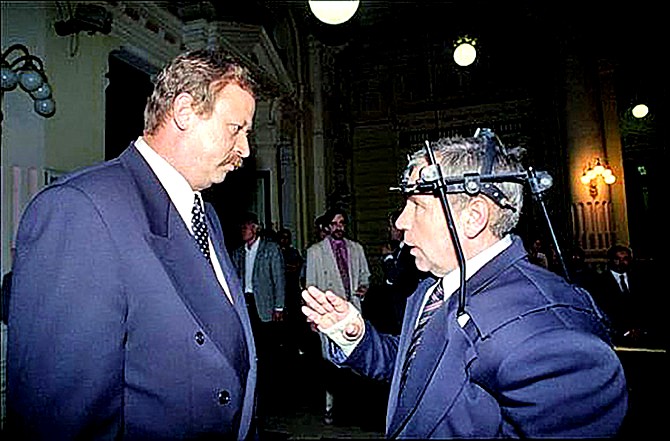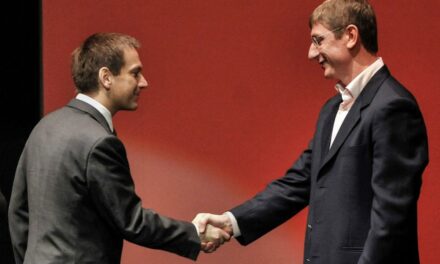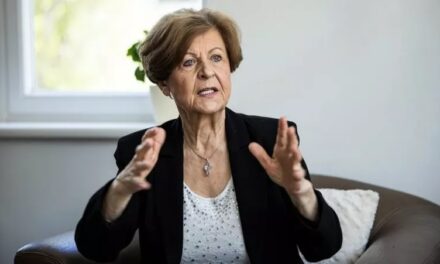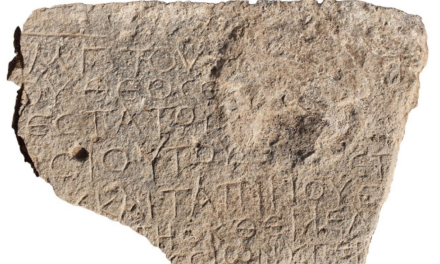From a domestic political point of view, we have to highlight three important groups: the party-state elite, the opposition parties, and civil society, which woke up and organized demonstrations during the transition. Beyond international influences, within the country, who managed and planned the processes, and who was relegated to the background?
We have to start from the fact that the party-state elite established complicated relations with the Western European powers and international financial organizations from the end of the 1970s. Stealth contact began, we took out IMF loans in 1982, and by the 1980s well-informed younger party leaders, technocrats, and company managers, increasingly disillusioned with socialism, gradually prepared for the transformation of the system. In the second half of the 1980s, they were already consciously preparing for the change, and prepared the transfer of their power to democracy and the market economy. (See Companies Act, 1988, Transformation Act, 1989.) Endre Babus writes in a 1990 study that the MSZMP had two goals at the time: on the one hand, to maintain its key positions in political life even after the regime change (!) and , to save the huge assets of the party organization, which can ensure the party's positional advantage over competitors for a long time.
Through the spontaneous privatization, they became the leaders of some of the privatized companies, now as owners, they sent their secret service people into most of the opposition parties, and as an unavoidable factor of the transition, they forced and forced the opposition parties to participate in the National Round Table Negotiations . because with this they recognized the Communist Party and the nomenclature as a legitimate factor in the regime change.
And let's stop here for a moment.
The Hungarian party-state elite was perhaps the first and the fastest among the Central and Eastern European post-communist parties to recognize that inevitable processes had begun in the region and the world, which cannot be resisted, on the contrary, as a pragmatic politician, one must take the lead. Gyula Horn himself was one of the most skillful, or rather the most pragmatic, representatives of this direction , who already in December 1989 (!) spoke at a meeting about the fact that the country should eventually join NATO. (I was present: this seemed like an amazing proposal then and there, even with the ears of the opposition.)
So the MSZMP knew what it wanted, it knew how it wanted to make itself unavoidable in the transition, so that it would remain a determining factor in democracy. He forced the opposition parties into a series of negotiations, at the end of which an agreement was reached, and the consequence of this is that even the parliament of the party state adopted the pivotal laws of the transformation, and then the republic was proclaimed. Imre Nagy on June 16, 1989 was an important, symbolic stage of this conscious and planned process , when the opposition parties remembered the victims whose predecessors had executed Imre Nagy. It hurts, but this day was not a day of reconciliation, but of coming to terms with the party-state elite, which for me is clearly a negative symbol. An event three days later, June 19, could be much more of a symbol, since the last Soviet soldier left Hungary on this day in 1991, so that's when we became a sovereign, free nation again. We should primarily remember this, we should draw from this, and it is a fact that since 2010, the Orbán government has drawn from the symbol of June 19, when it consistently and effectively protects national interests and national sovereignty.
Author: Tamás Fricz, political scientist
(to be continued)
(Cover photo: MTI/Attila Kovács)













